For many aspiring homeowners, securing a mortgage is a vital step toward fulfilling the dream of owning a home. However, not everyone can afford a large down payment. Thus, leading to including Private Mortgage Insurance (PMI) in the mortgage agreement. In this article, we will explore what PMI is, how it works, its benefits, and considerations for borrowers.
What is Private Mortgage Insurance?
Private Mortgage Insurance, commonly known as PMI, is a type of insurance that protects lenders in case a borrower defaults on their mortgage payments.
Lenders require homebuyers to have a PMI when they put down less than 20% of the home’s purchase price as a down payment.
It serves as a safety net for the lender, not the borrowers. It mitigates the risk of lending to buyers with smaller down payments.
How Does PMI Work?
When a homebuyer secures a mortgage, and the down payment is less than 20% of the home’s value, the lender will require the borrower to pay for PMI.
This additional cost typically rolls into the monthly mortgage payments.
The premiums can vary depending on factors such as the loan-to-value ratio (LTV), credit score, and the size of the down payment.
As the borrower pays down the mortgage and builds more equity in the property, PMI may no longer be required, and the borrower can request its cancellation.
How is the private mortgage insurance payment structured?
The payment for Private Mortgage Insurance (PMI) can be structured in various ways, with options available depending on the lender. Before finalizing your mortgage agreement, it’s essential to inquire about the choices the lender offers.
-
Monthly Premium:
The most common method of paying for PMI is through a monthly premium. This premium amount is added to your regular mortgage payment.
To provide transparency, the monthly PMI premium will be indicated on both the Loan Estimate and the Closing Disclosure documents.
The Loan Estimate is typically provided when you apply for a mortgage. It gives you a clear understanding of the costs before committing to the loan.
Similarly, the Closing Disclosure, issued before the loan’s closing, will include the monthly PMI premium under the “Projected Payments” section.
-
Up-Front Premium:
In some cases, you may have the option to pay for PMI with a one-time up-front premium at the loan’s closing.
The cost of this up-front premium will also be disclosed on the Loan Estimate and the Closing Disclosure documents under section B on page 2.
Note: if you choose to make an up-front payment for PMI and then later decide to move or refinance, you might not be eligible for a refund of the premium.
-
Combination of Up-Front and Monthly Premiums:
Certain lenders may offer a hybrid approach, allowing borrowers to pay for PMI with both an up-front premium and a monthly premium.
In this scenario, the up-front premium will be detailed in section B on page 2 of the Loan Estimate and the Closing Disclosure, while the monthly premium will be specified in the “Projected Payments” section on page 1 of these documents.
When deciding on the PMI payment structure, it’s essential to engage with your loan officer and ask for assistance in calculating the total costs over various realistic timeframes.
This will help you gain a comprehensive understanding of the financial implications and enable you to make an informed decision that aligns with your financial capabilities and long-term plans.
By exploring the available options and seeking professional guidance, you can choose the PMI payment method that best suits your needs and financial goals.
Contact us today and we will connect you to the right person!
Benefits of PMI for Homebuyers
1. Increased Access to Homeownership:
PMI allows individuals who may not have the financial means to put down a substantial down payment to enter the housing market. This broadens the pool of potential homeowners and promotes homeownership, fostering stability and community development.
2. Lower Interest Rates:
In some cases, lenders may offer more favorable interest rates for borrowers who opt for PMI compared to alternative financing options that require a higher down payment. This can result in significant savings over the life of the loan.
3. Faster Wealth Building:
With PMI, homebuyers can acquire a property sooner and start building equity. Over time, as the property appreciates in value and the mortgage balance decreases, the homeowner’s equity position strengthens.
Conclusion
Private mortgage insurance is crucial in facilitating homeownership for individuals with limited down payment capabilities.
By providing an additional layer of protection to lenders, PMI encourages mortgage lending to a broader demographic of aspiring homeowners.
However, borrowers should carefully assess the costs and terms associated with PMI before committing to a mortgage.
Through thoughtful consideration and financial planning, PMI can indeed serve as a stepping stone toward the ultimate goal of homeownership and financial stability.
If you’d like to understand this topic better, feel free to give us a call at (617)729-2967.

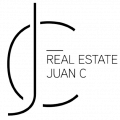





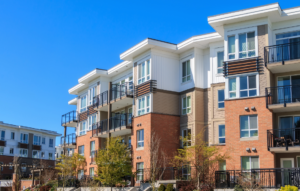


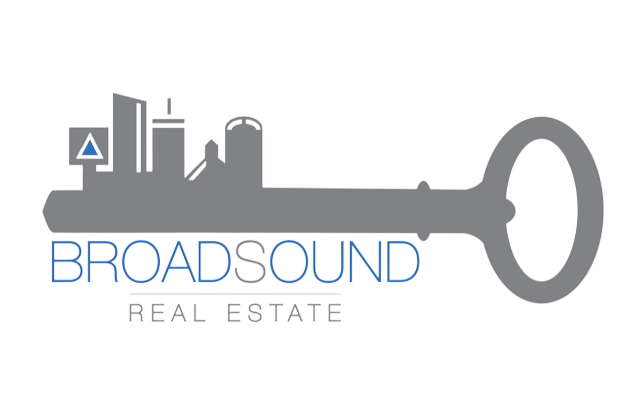
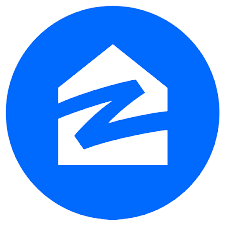


![eBook How to Increase Home Value [7 Simple Ways]](https://realestatejuanc.com/wp-content/uploads/2022/03/FORMAS-WAYS-TO-INCREASE-YOUR-HOME-VALUE.png)